The Gamma Story
Your brain produces rhythms across a wide spectrum of frequencies from the slow delta waves of deep sleep to the fast gamma oscillations linked to higher-order thinking. Among these, gamma oscillations (around 40 Hz) have captured the spotlight in neuroscience.
Why? Because gamma rhythms appear to play a central role in memory, attention, and the integration of information across different brain regions. When gamma activity is strong, the brain seems better at connecting dots, sustaining focus, and supporting complex cognition.
Over the past decade, researchers have begun asking: What if we could stimulate the brain at 40 Hz from the outside? Could rhythmic light and sound at gamma frequency support cognition or even help with disorders like Alzheimer’s disease?
What the Evidence Says
The story of 40 Hz stimulation is still unfolding, but here’s where the science stands today:
1. Animal Studies
Groundbreaking experiments in mice showed that 40 Hz light flicker reduced amyloid plaques one of the hallmarks of Alzheimer’s disease. Other studies found that gamma stimulation improved microglial activity (the brain’s immune cells), suggesting enhanced waste clearance.
These results ignited global interest in gamma entrainment as a potential therapy.
2. Human Pilot Trials
Small-scale trials with humans have offered intriguing early findings:
-
Sleep improvements: Participants exposed to 40 Hz stimulation reported better sleep patterns.
-
Mood benefits: Some studies suggest reduced anxiety and improved emotional regulation.
-
Cognitive engagement: Subtle gains in attention and working memory have been observed.
While these effects are encouraging, they remain preliminary and vary widely across studies.
3. Larger Clinical Trials
Ongoing Phase II and III trials are investigating whether gamma stimulation can meaningfully support people with neurodegenerative conditions. These studies are essential for determining not just whether gamma helps, but also how much, how often, and under what conditions it works.
Until those results are published, it’s important to remain cautious.
Where Caution Is Needed
The buzz around 40 Hz gamma stimulation is exciting but with hype comes risk. Here are a few points to keep in mind:
-
Protocol Matters: Different devices use different types of stimulation (light, sound, vibration, or combinations). Not all methods are equally effective.
-
Individual Variability: Some people may respond strongly, others very little. Factors like age, baseline brain health, and sensitivity matter.
-
Preliminary Evidence: While animal results were dramatic, human outcomes are more modest so far. It’s too early to frame gamma stimulation as a treatment.
-
Safety First: For most people, gamma entrainment is safe, but individuals with conditions like epilepsy should approach flickering light with caution.
In short: the science is promising, but still developing. Responsible communication is crucial.
The Wellness Opportunity
While medical claims remain premature, 40 Hz stimulation can still be explored safely and meaningfully in the context of wellness, much like brain entrainment for sleep or using a light and sound sleep aid to improve nightly rest.
Some of the areas where gamma protocols show promise include:
-
Mental Clarity & Alertness: Gamma is often associated with high-focus states, making stimulation an interesting tool for cognitive sharpening.
-
Meditation & Flow: Some meditators naturally show increased gamma activity during deep practice. External stimulation may help support similar states.
-
Cognitive Wellness: As part of a broader brain-fitness routine, gamma entrainment may encourage adaptability and engagement.
This doesn’t replace sleep, exercise, nutrition, or social connection but it may complement them as part of a holistic approach to mental wellbeing.
neuroVIZR’s Approach
At neuroVIZR, gamma protocols are integrated carefully and responsibly.
-
No medical overclaims: neuroVIZR does not present gamma as a treatment for Alzheimer’s or any disorder.
-
Part of a spectrum: Gamma sessions are one option among many, allowing users to explore different brain rhythms depending on their goals from relaxation to focus.
-
Wellness-oriented design: Sessions are framed as experiences for clarity, balance, and exploration, not as medical interventions.
In this way, neuroVIZR stays aligned with the science while offering users the chance to engage with cutting-edge neuroscience in their daily lives.
What’s Next for Gamma Research?
The next five years will be critical for the gamma story. Researchers are asking:
-
Can 40 Hz stimulation meaningfully slow or reverse neurodegenerative processes?
-
What delivery methods (light, sound, multi-sensory) are most effective?
-
How do individual factors like genetics, lifestyle, or sleep influence results?
-
Could gamma entrainment benefit healthy people as a preventive or enhancing tool, not just those with medical conditions?
The answers will determine whether 40 Hz becomes a medical therapy, a mainstream wellness practice, or both.
Key Takeaway
Gamma stimulation is one of the most intriguing frontiers in neuroscience, connecting with frameworks like predictive brain coding and advances in light and sound therapy for wellness that guide the brain toward healthier states.
That’s why tools like neuroVIZR approach gamma responsibly: not as a cure, but as part of a broader wellness experience, grounded in science without overpromising.
The future of gamma is bright and still unfolding.
Disclaimer: neuroVIZR is a wellness device created to promote relaxation, focus, and overall brain wellness. It is not a medical device, does not provide diagnoses, and is not intended to treat, cure, or prevent any medical condition. The device is not suitable for individuals with epilepsy. Experiences and results may vary from person to person.

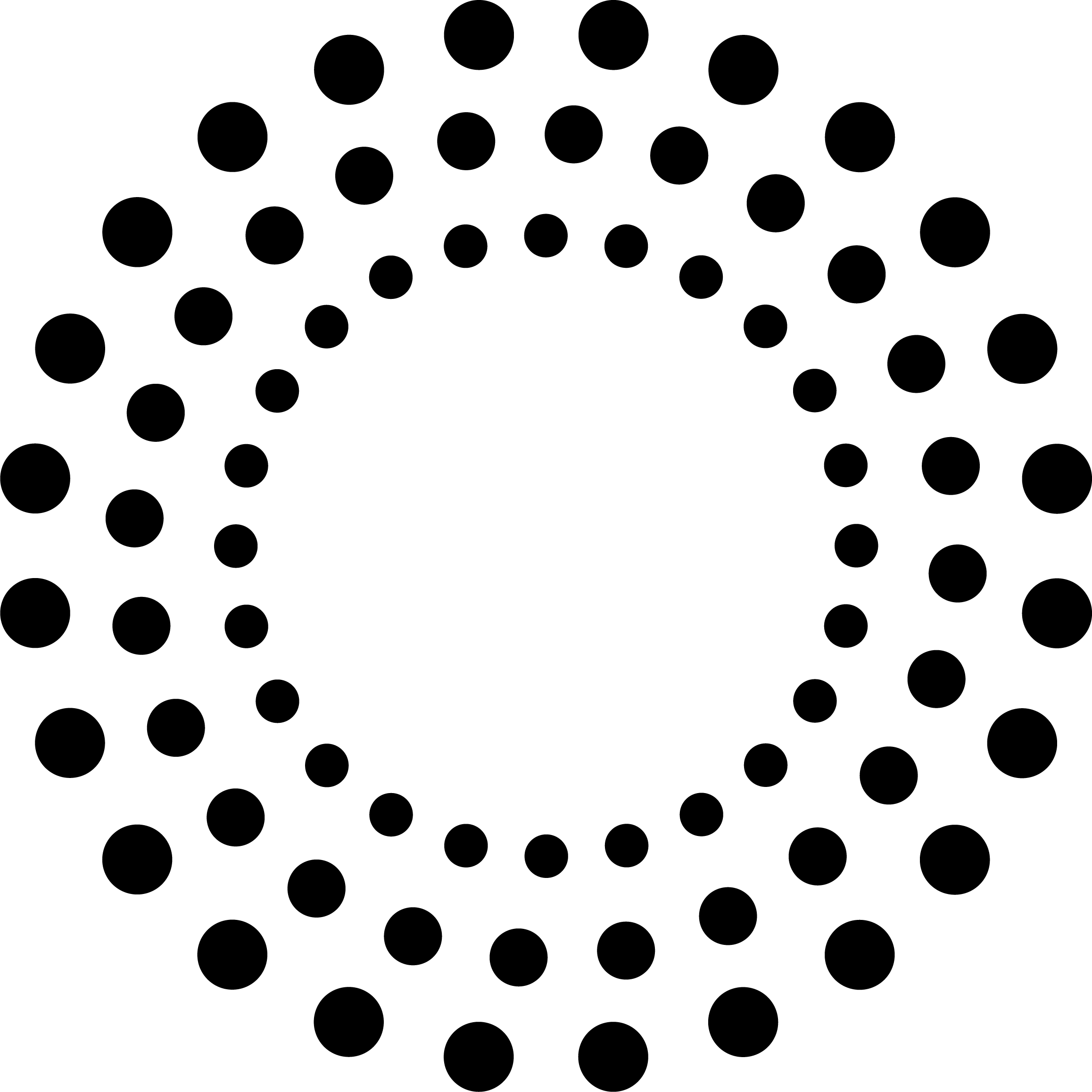



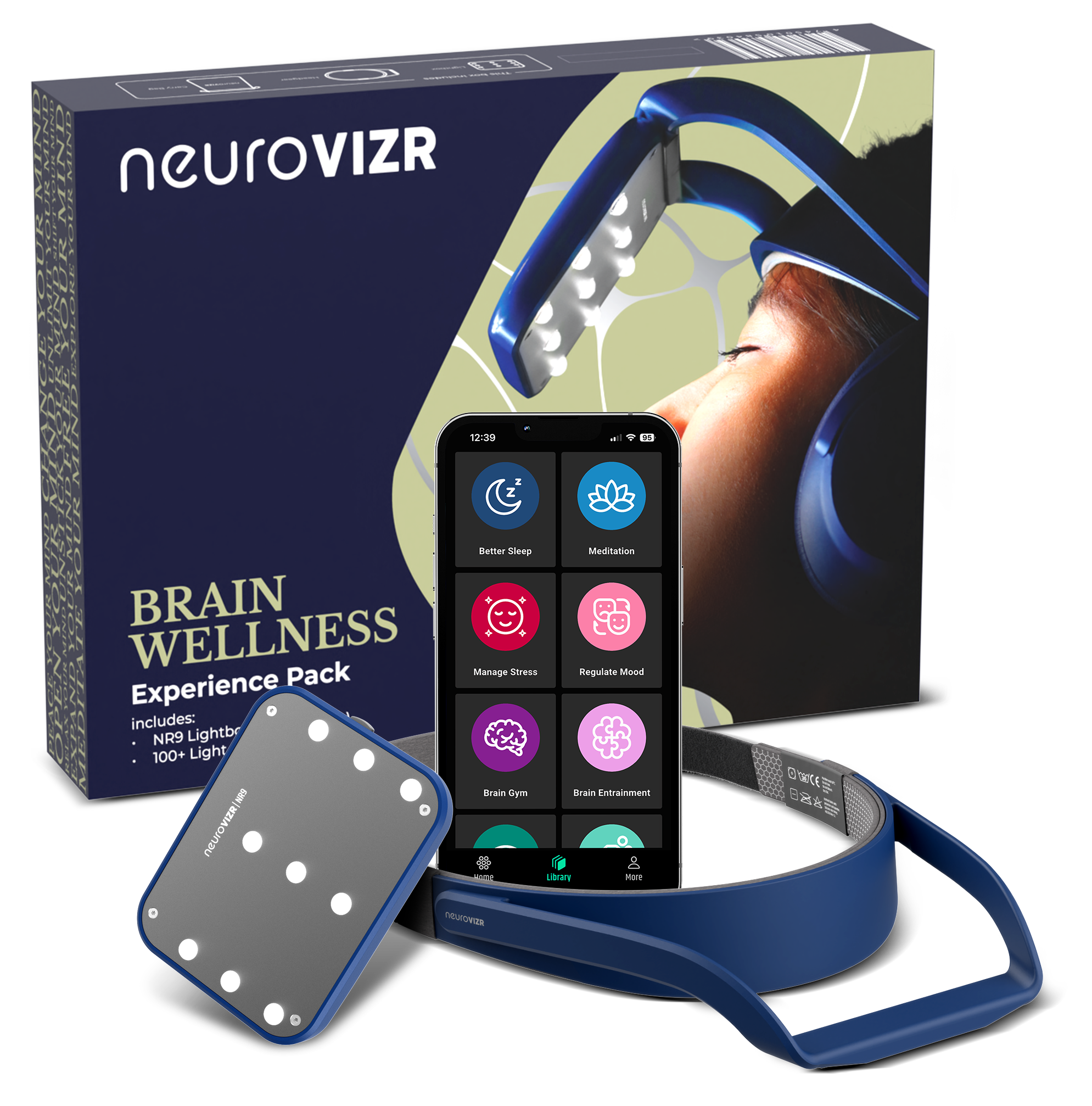

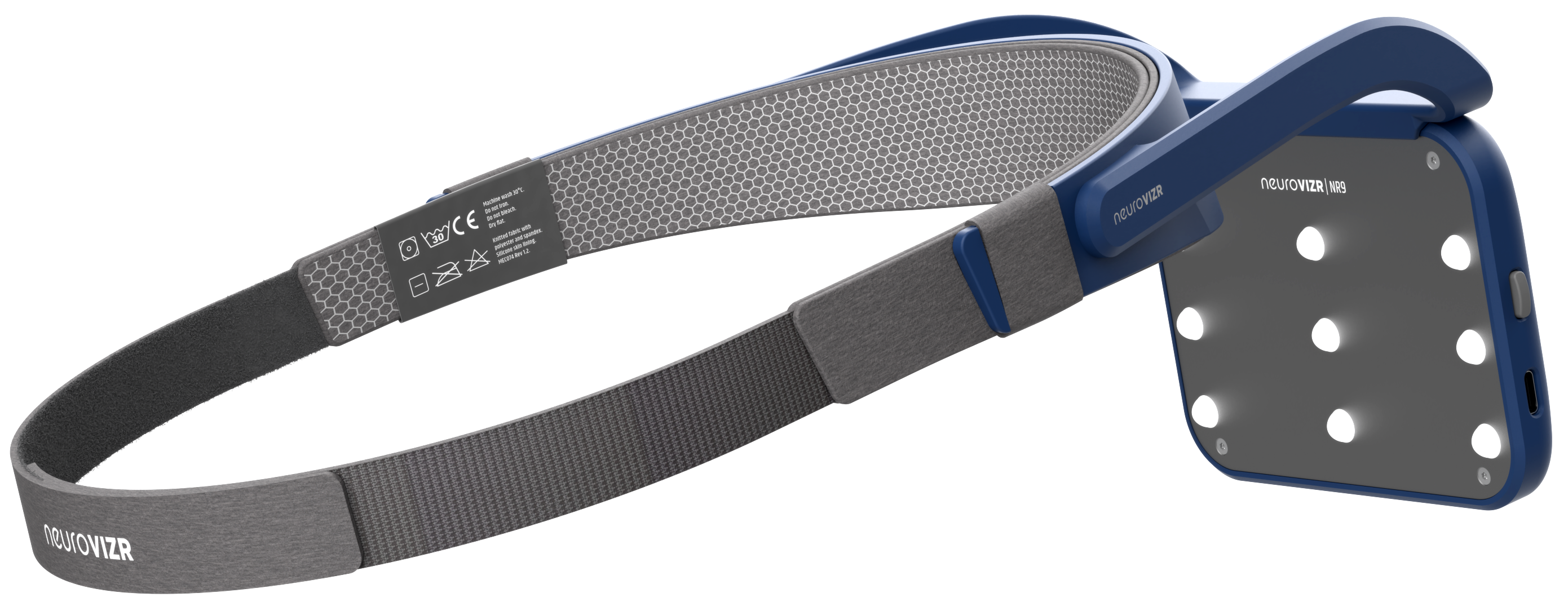
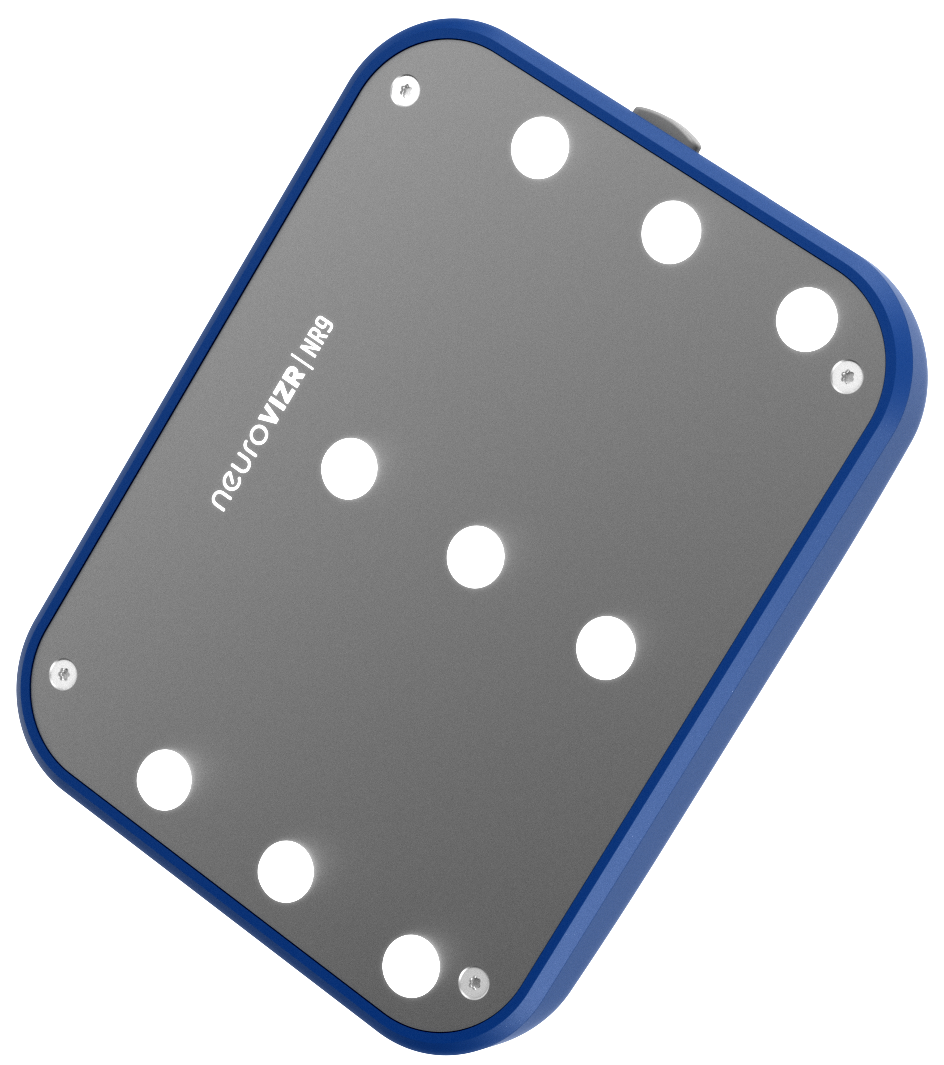
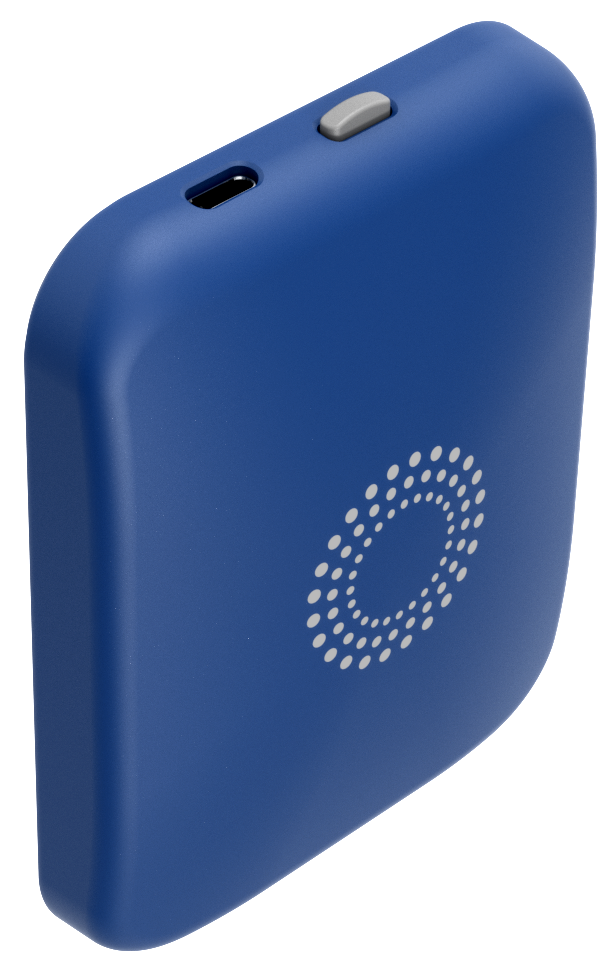
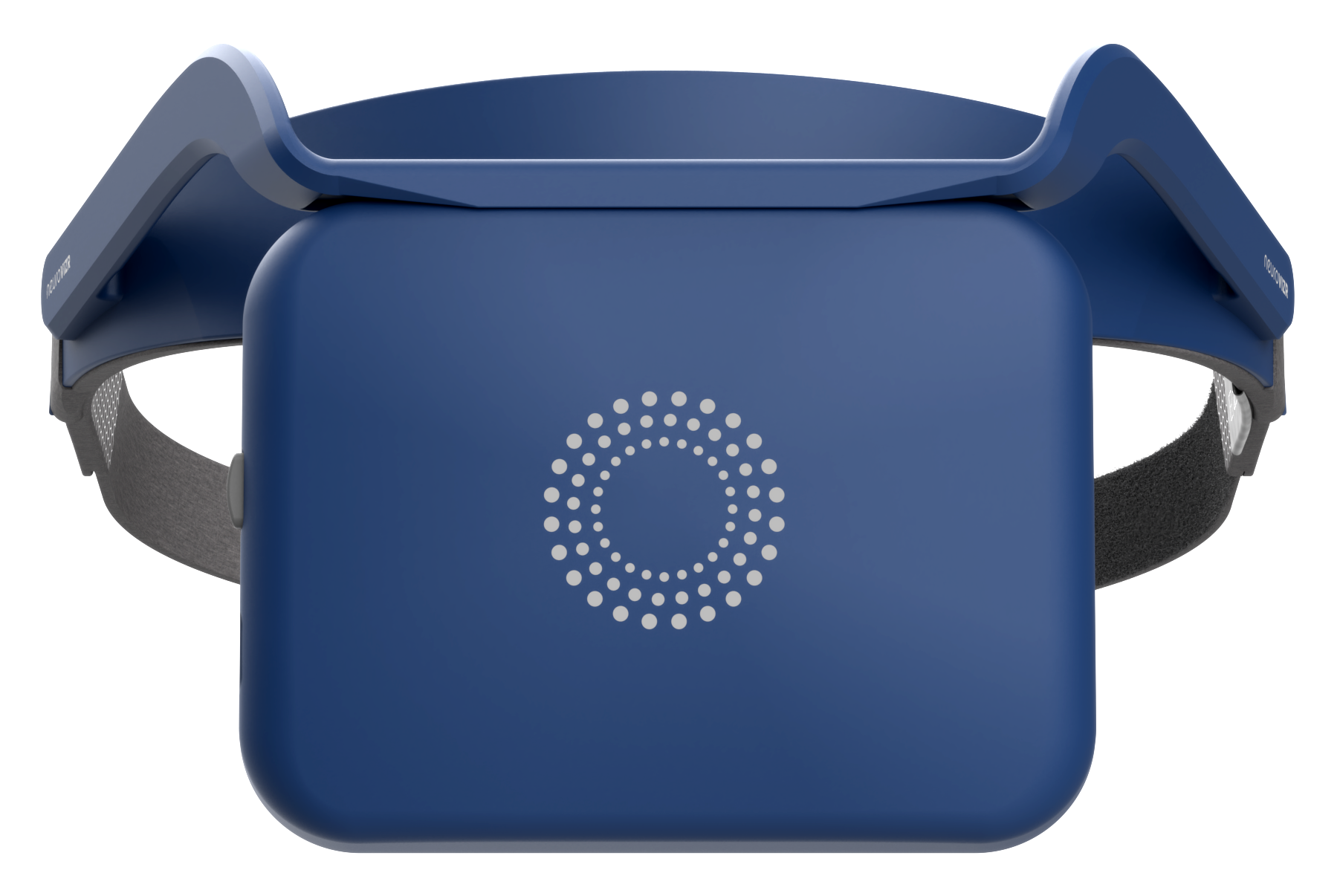
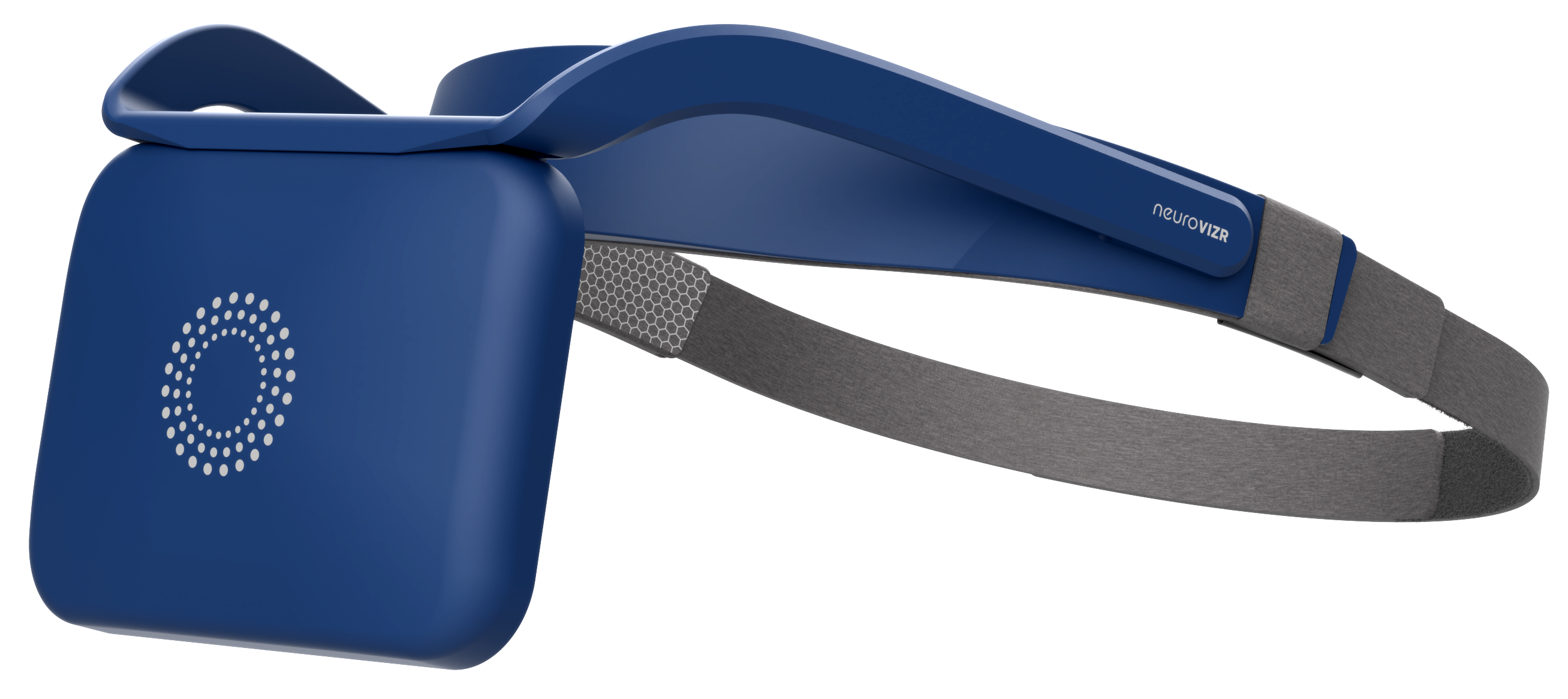
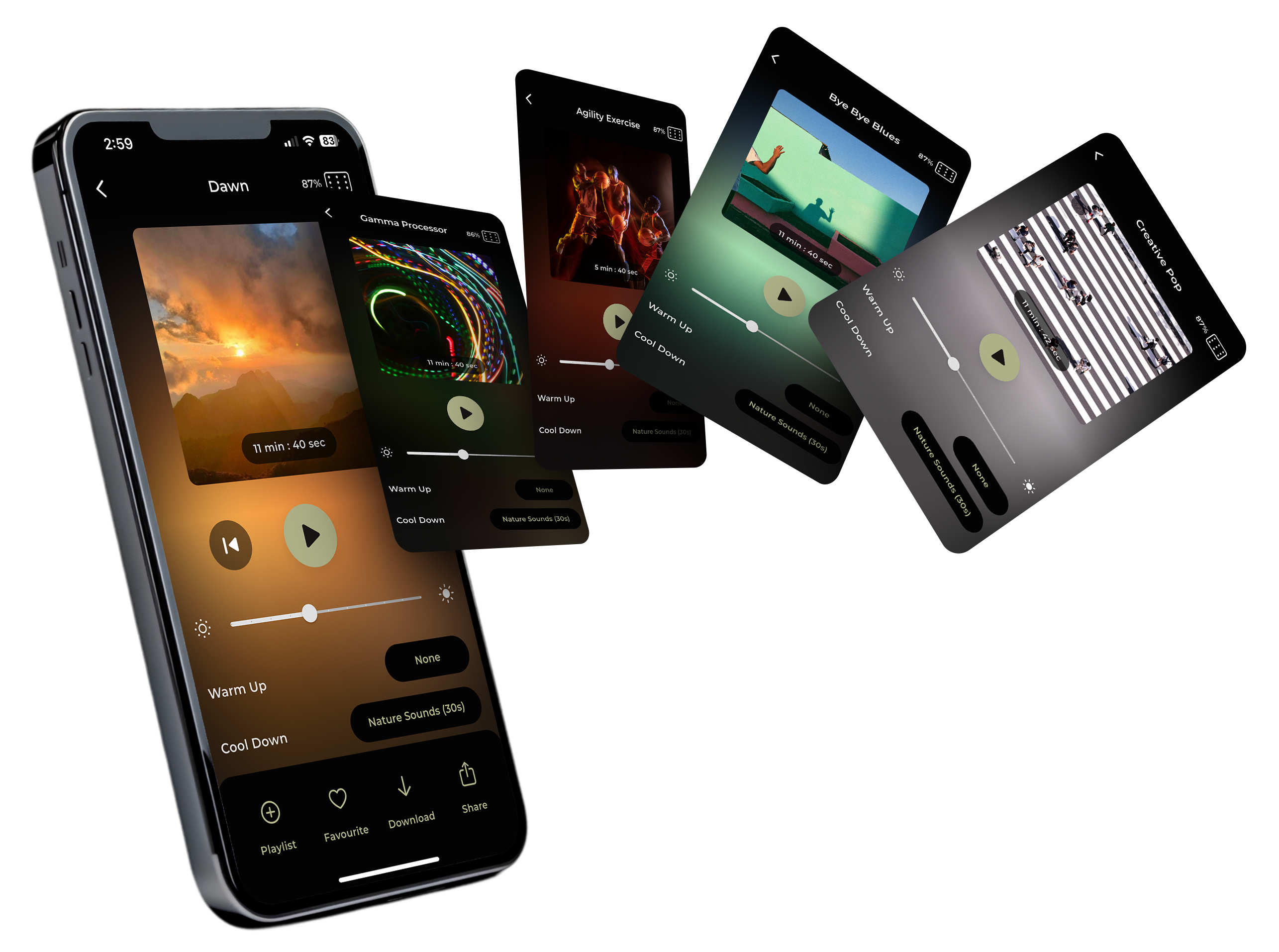
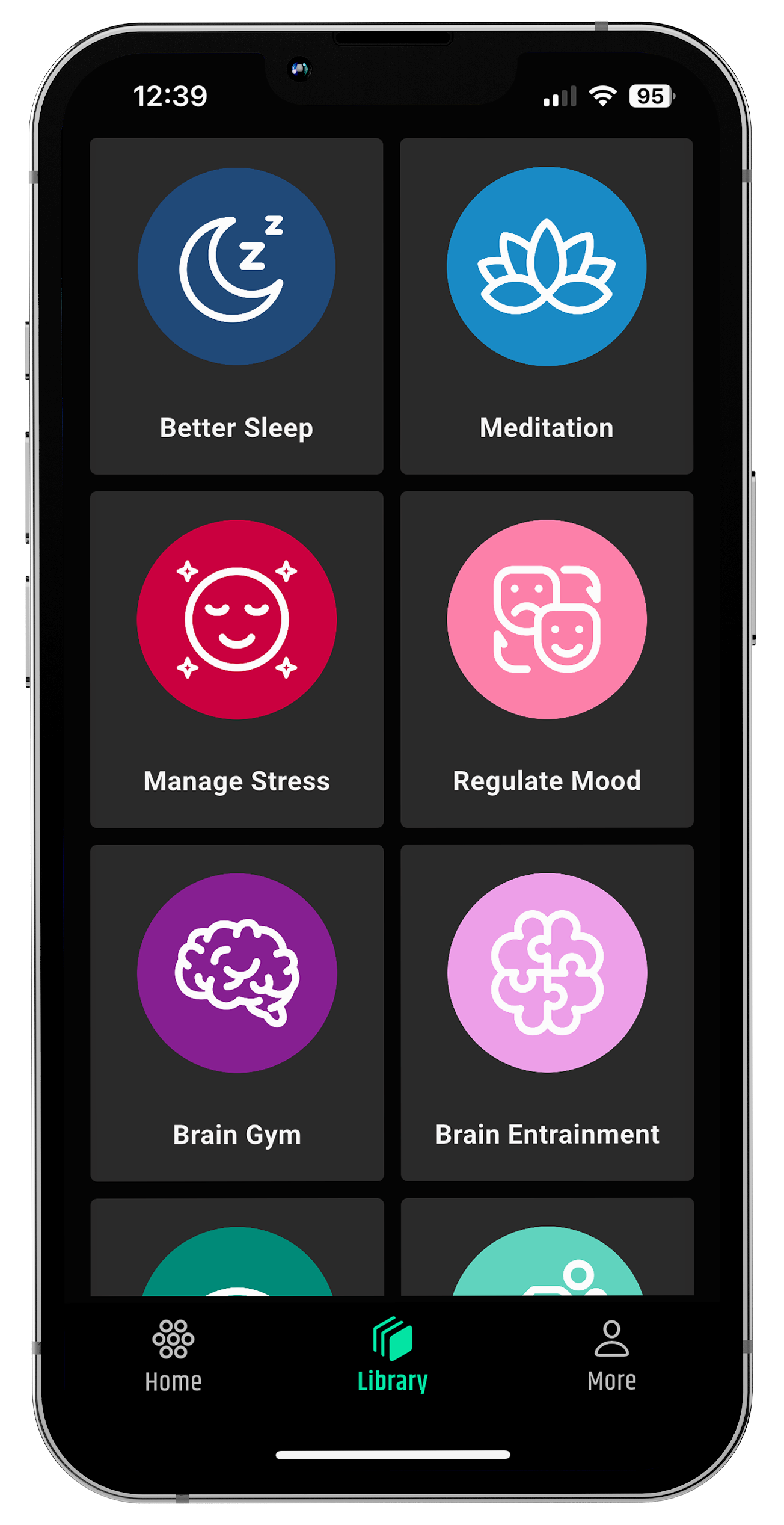

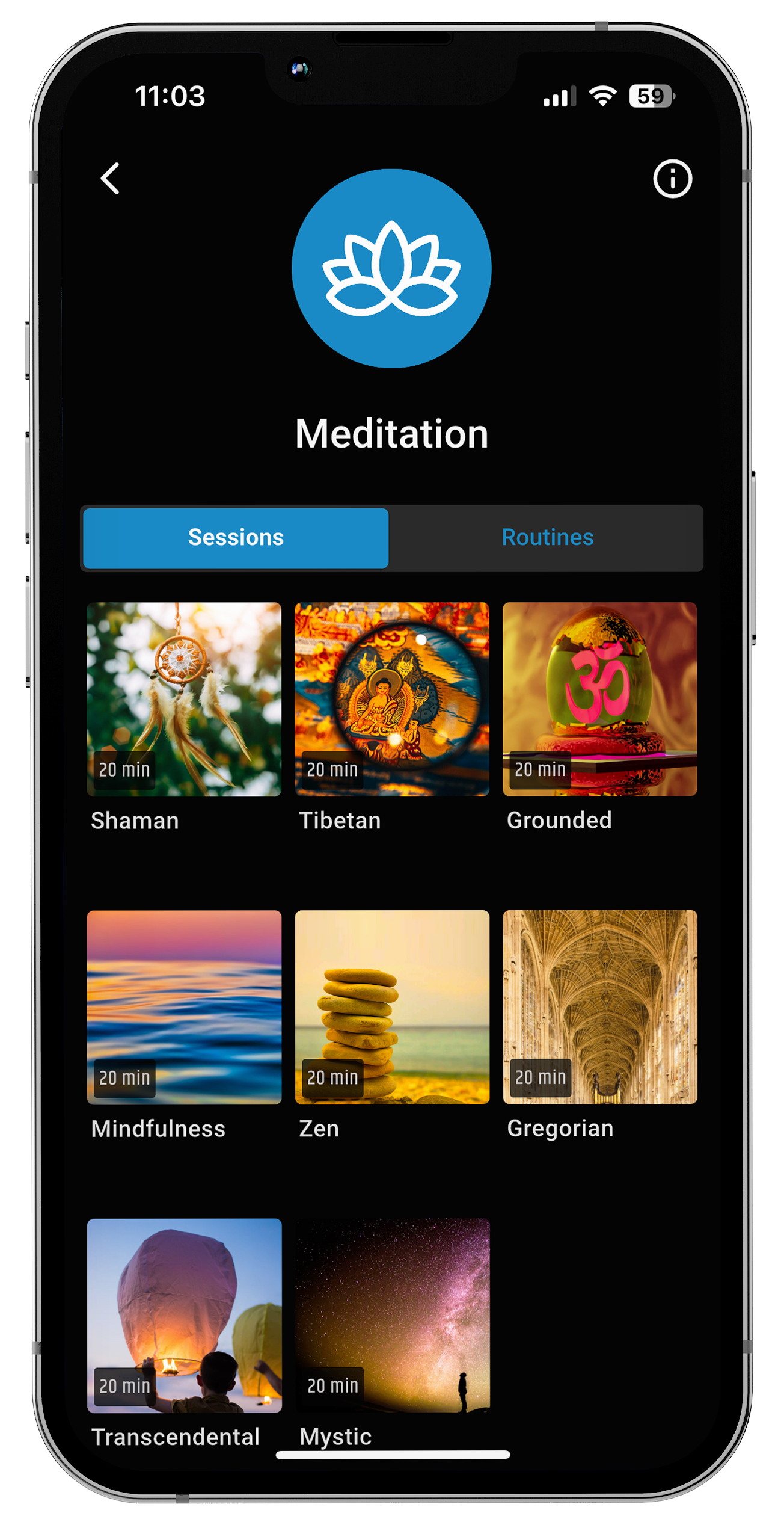
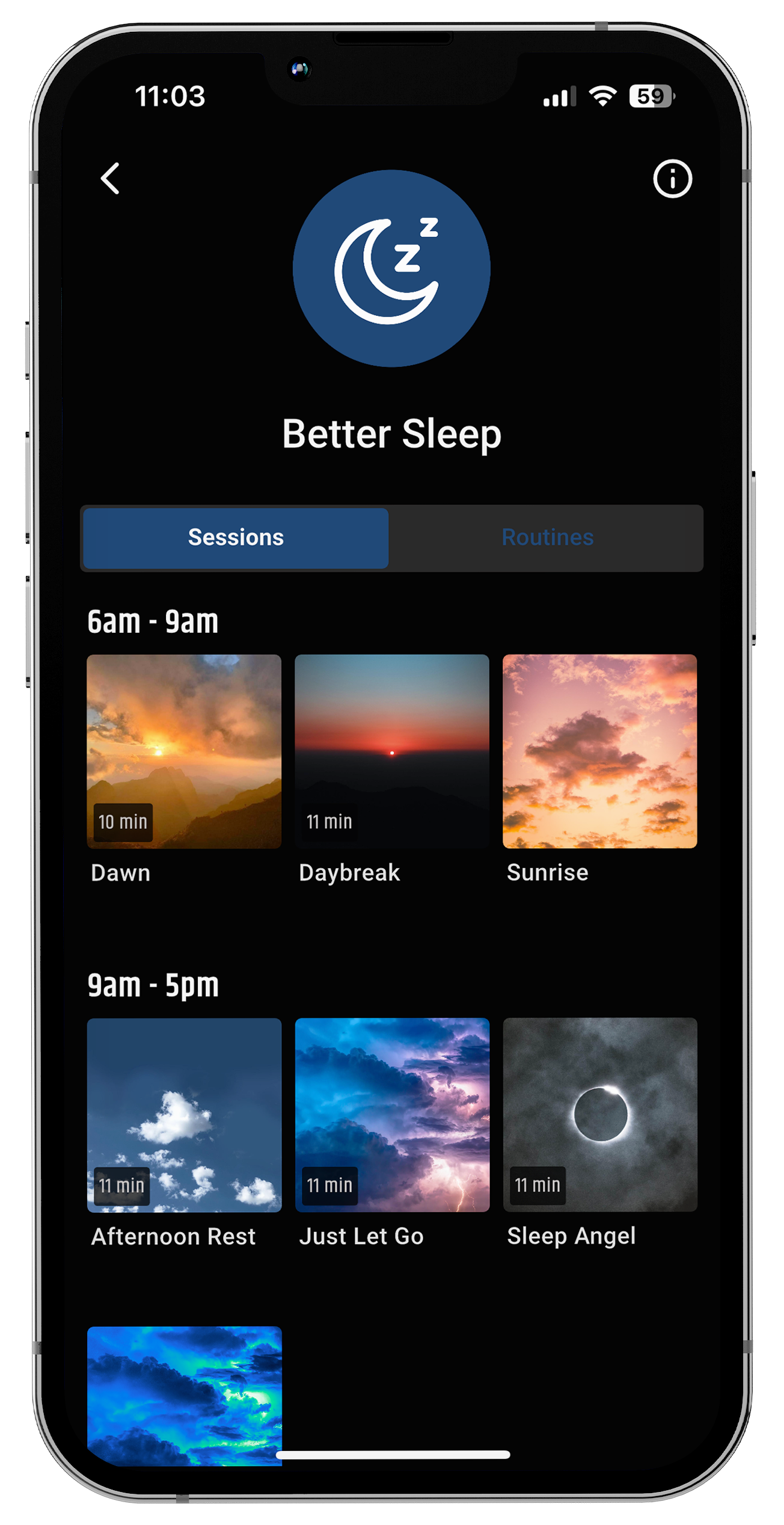

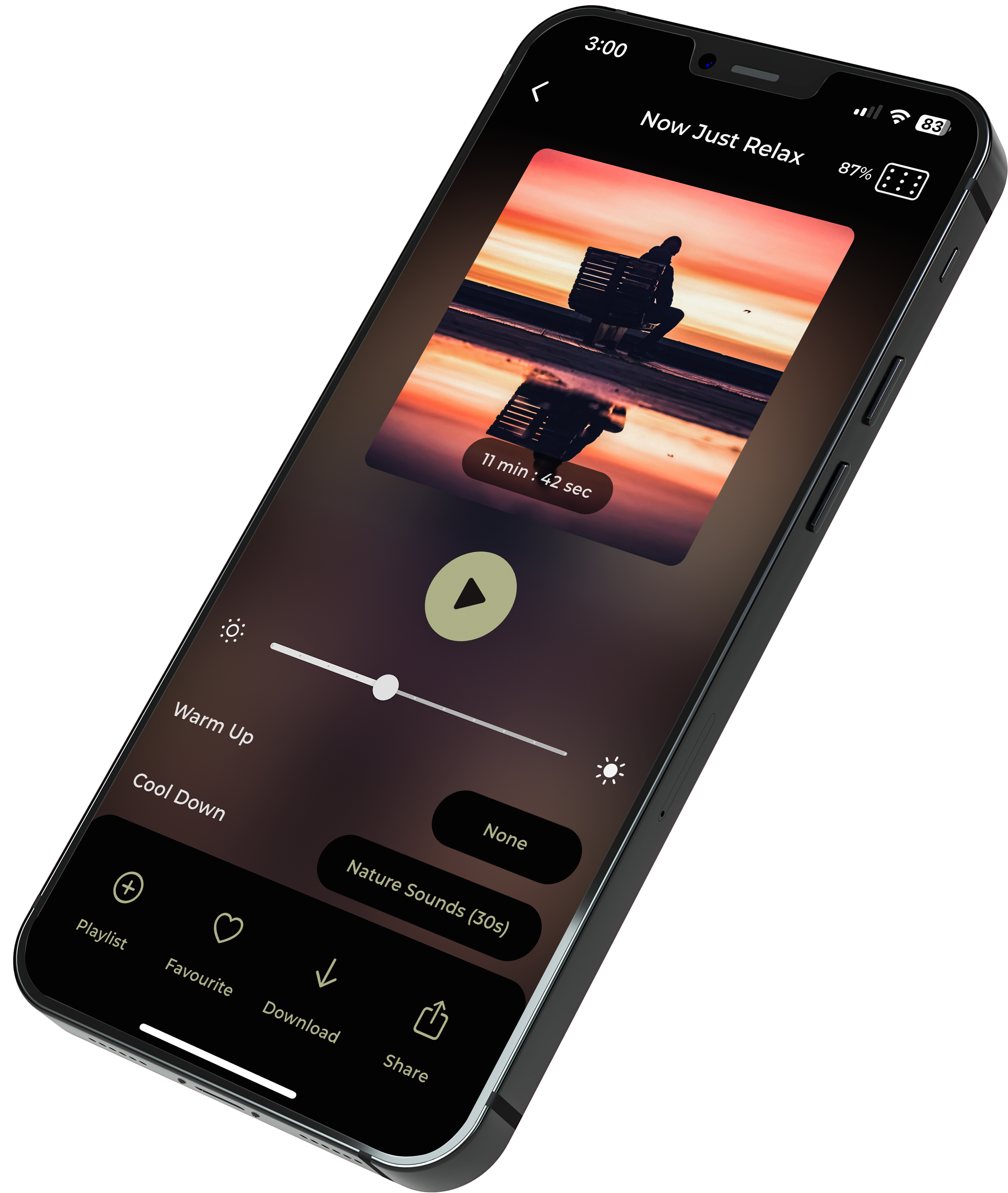


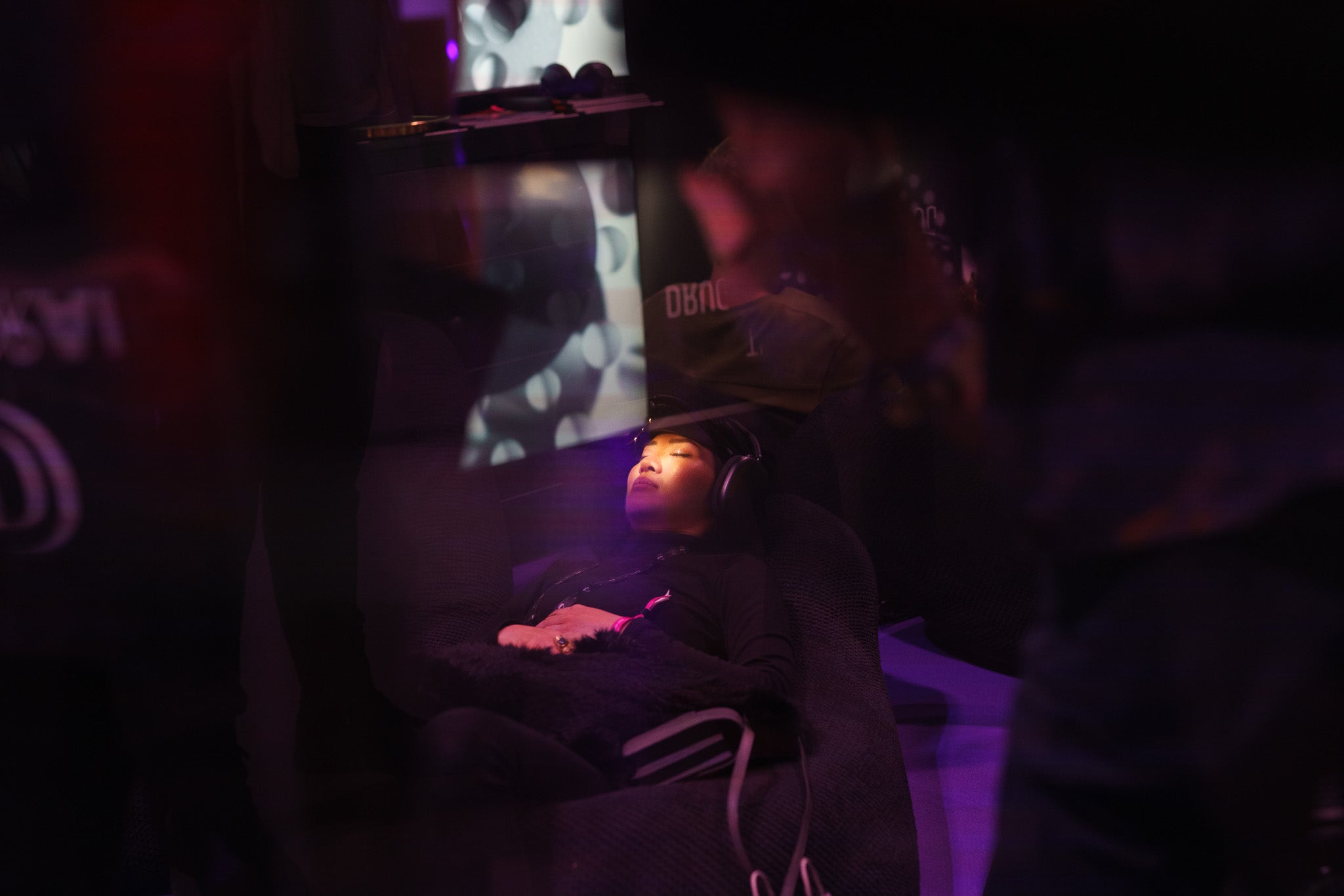




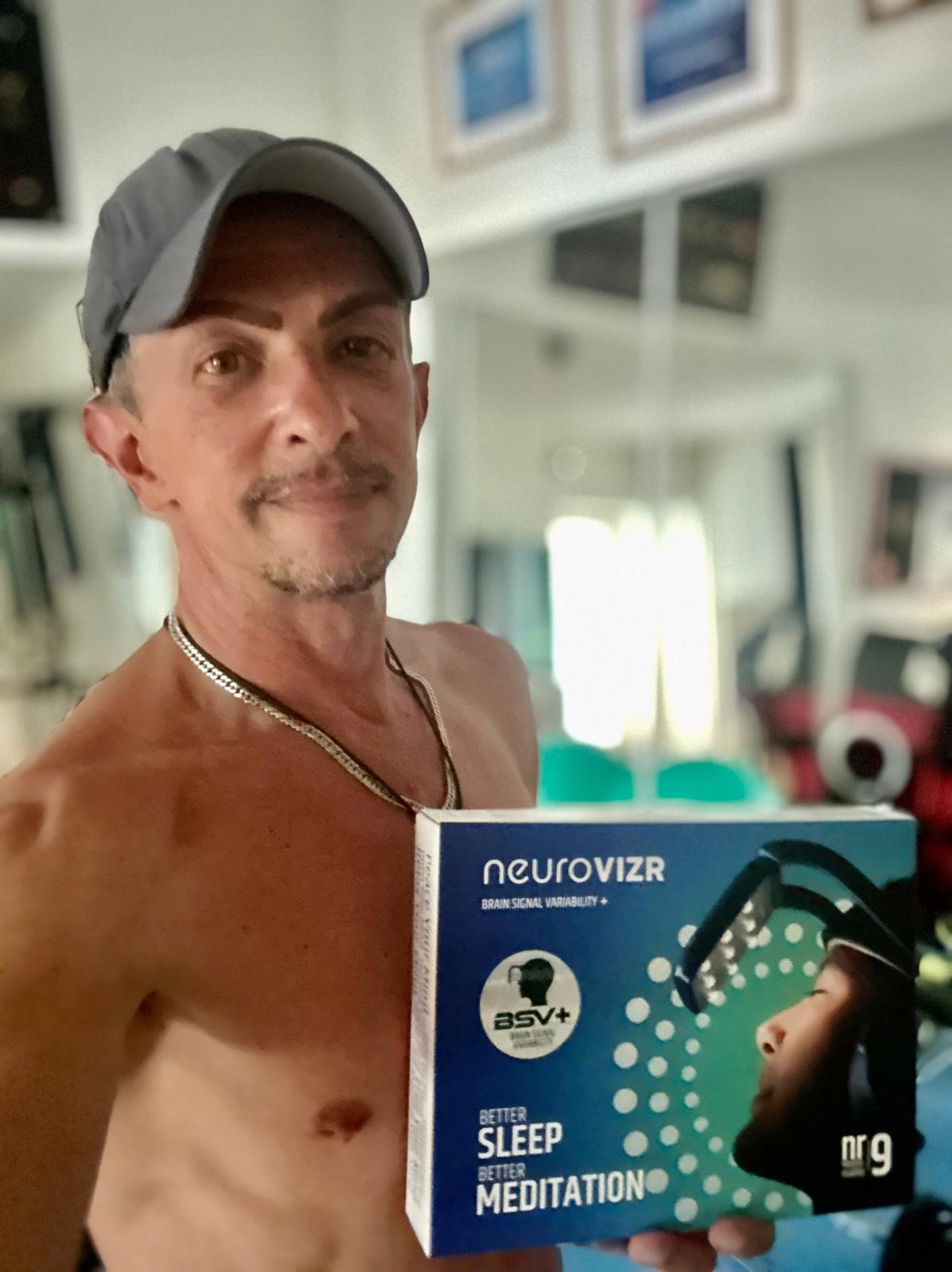
Share:
Your Brain Is a Prediction Machine - Can Light & Sound Retune It?